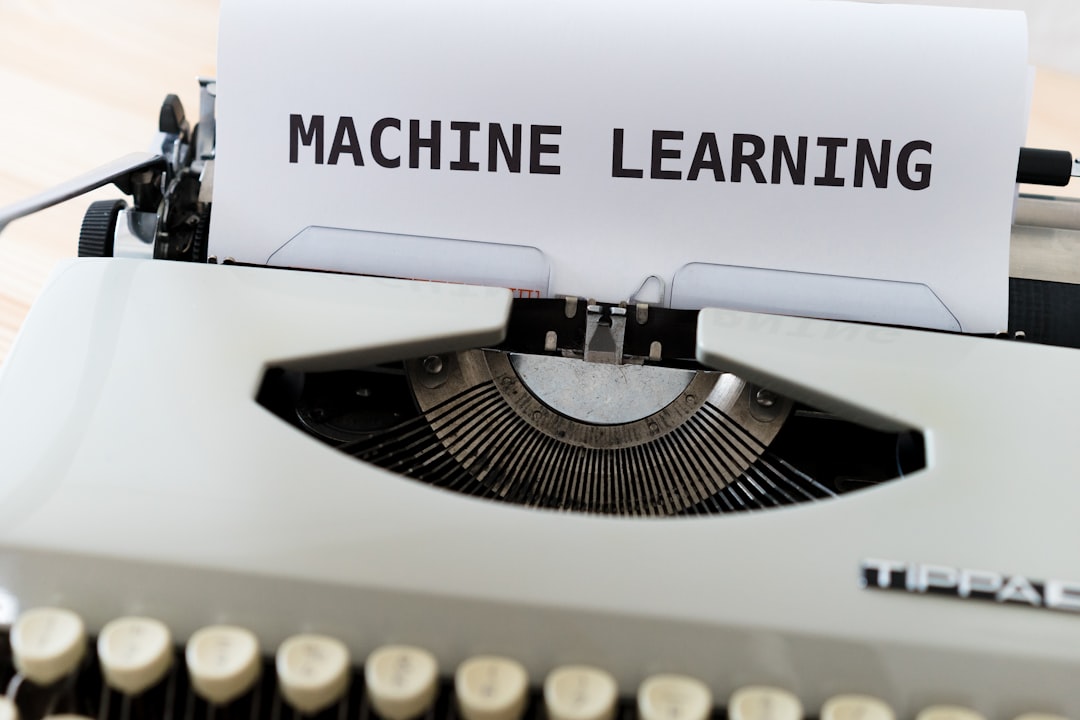Artificial Intelligence (AI) is swiftly becoming an essential component of modern technology, but one of the most critical breakthroughs in recent years is the integration of Natural Language Processing (NLP). NLP allows machines to understand, interpret, and respond to human language in a way that is both meaningful and contextually appropriate. This unprecedented capability is reshaping everything from customer service to data analysis, greatly expanding the potential applications of AI.
Natural Language Processing is not just a subset of AI—it is the bridge between human communication and machine understanding. By enabling machines to grasp nuances like tone, sentiment, and ambiguity, NLP is making AI more human-like, and consequently, more useful across a wide range of industries.
Understanding Natural Language Processing
At its core, NLP involves the interaction between computers and human language. It draws on disciplines such as computer science, linguistics, and machine learning to enable systems to process large amounts of natural language data.
Some of the primary tasks that NLP systems perform include:
- Text classification – Assigning categories to text (e.g., spam detection in emails)
- Sentiment analysis – Determining the emotional tone behind a body of text
- Named entity recognition – Identifying proper nouns and classifying them (e.g., names, brands, locations)
- Machine translation – Translating text from one language to another with context preservation
- Speech recognition – Converting spoken language into text
- Question answering – Finding accurate responses to queries based on given datasets

The Role of NLP in Modern AI
Recent advancements in NLP have dramatically improved AI’s ability to interpret and mimic human language. Technologies like transformer models (notably BERT and GPT) have revolutionized the field by enabling machines to process language with greater contextual understanding than ever before.
These breakthroughs are crucial for several reasons:
- Contextual awareness: NLP allows machines to understand context, not just individual words. This means more accurate interpretations and responses.
- Multilingual capabilities: NLP systems today can process many languages, making AI globally applicable.
- Generation of human-like text: From chatbots to automated journalism, AI can now create text that closely resembles that written by people.
Naturally, such capabilities are having a profound effect on the AI landscape as a whole, making NLP a central pillar of AI development globally.
Real-World Applications Transforming Industries
Natural Language Processing is no longer confined to research labs. It’s deployed in real-world applications that everyday users interact with regularly. Major industries are seeing transformative results, including:
1. Healthcare
NLP is being employed to analyze clinical records, automate medical coding, and even assist in diagnosing conditions through patient interactions. By processing natural language data from doctors’ notes and patient interviews, AI systems can identify health risks and suggest treatments.
2. Customer Service
Chatbots and virtual assistants powered by NLP can handle complex customer queries without human intervention. These systems are capable of responding to a wide array of questions, offering 24/7 support, and learning from past interactions to improve future performance.
3. Finance
Financial institutions use NLP to parse and interpret financial news, earnings calls, and reports. This allows for faster decision-making, detecting fraud through linguistic patterns, and automating customer support in a regulatory-compliant way.
4. Legal and Compliance
Legal professionals use NLP to sift through vast quantities of case law and legal contracts. AI systems can highlight relevant precedents and detect non-compliant terms, reducing the time and manpower required for legal reviews.
5. Education
Language learning platforms are leveraging NLP for grammar correction, automated essay scoring, and even tutoring. These tools personalize learning experiences, making education more effective and accessible.
Challenges Facing NLP Implementation
Despite its many benefits, NLP still faces considerable challenges. Language is inherently complex and full of nuances—things such as sarcasm, idioms, and cultural references can be difficult for machines to grasp. Moreover, there is a growing concern about bias in NLP models. Since these models are trained on human-generated data, they can inadvertently absorb and replicate societal biases present in that data.
Common challenges include:
- Ambiguity: Multiple meanings of words and varied sentence structures complicate interpretation.
- Bias and fairness: Ensuring language models don’t reinforce harmful stereotypes
- Data privacy: Text data often contains sensitive information that must be protected
- Computational cost: Training and running large NLP models requires significant computing resources

The Future of NLP in Artificial Intelligence
Looking ahead, the integration of NLP into AI systems is expected to deepen. The future holds promising trends such as:
- Zero-shot and few-shot learning: Models capable of performing tasks with minimal training examples
- More ethical and transparent NLP: Greater efforts are being made to reduce bias, explain AI decisions, and ensure responsible use
- Cross-modal understanding: Combining NLP with computer vision and other AI disciplines for richer, more holistic AI experiences
Moreover, as computing power becomes more accessible and the collection of language data continues to expand, we can expect significant breakthroughs in how machines understand and generate natural language.
Conclusion
Natural Language Processing is far more than a technological curiosity—it’s a foundational component of the next generation of artificial intelligence systems. From enhancing user experiences through intelligent chatbots to enabling advanced data analytics across industries, NLP is proving indispensable in our quest to develop machines that genuinely understand human communication.
Yet with such power also comes responsibility. Developers, organizations, and stakeholders must work collaboratively to address the challenges NLP poses, particularly around ethical use and fairness. Done right, NLP has the potential to create AI that’s not just intelligent—but also more inclusive, transparent, and responsive to human needs.


